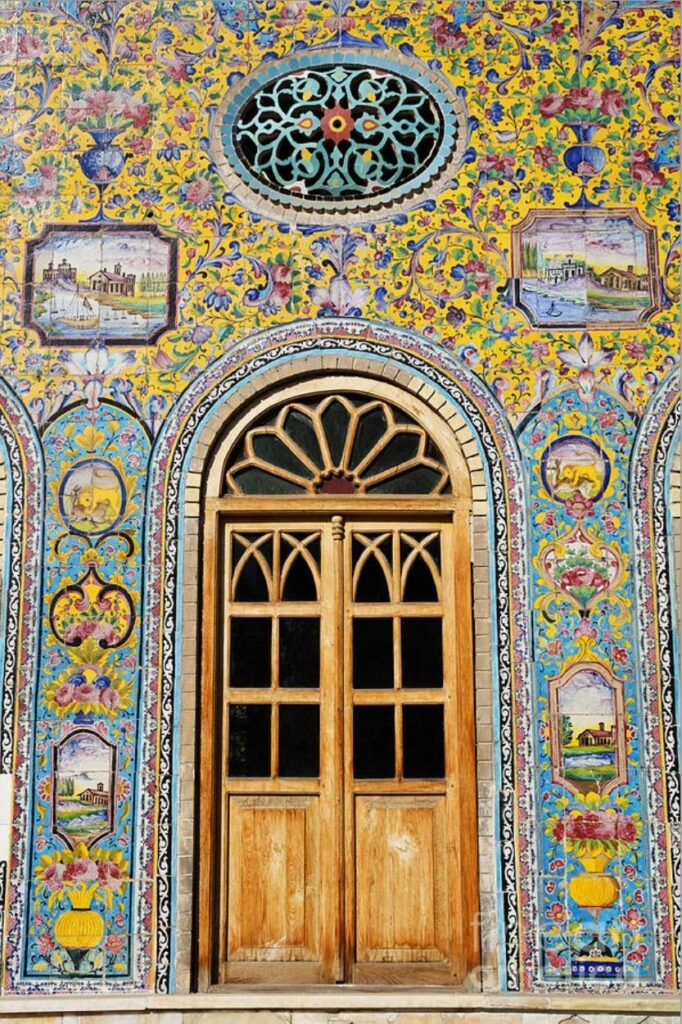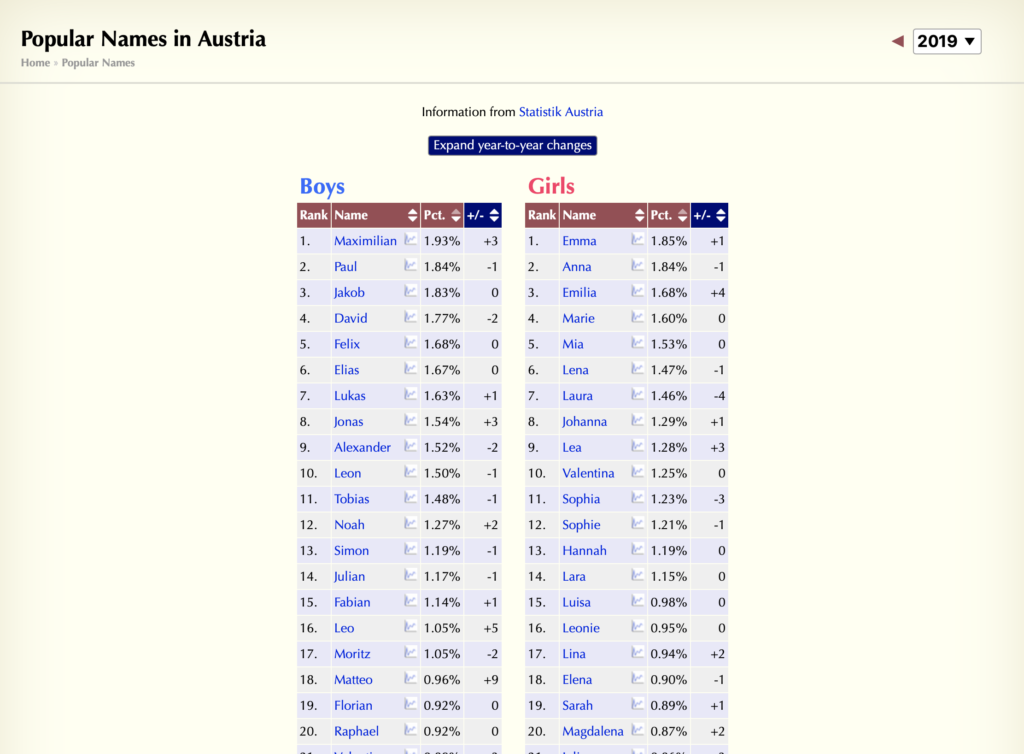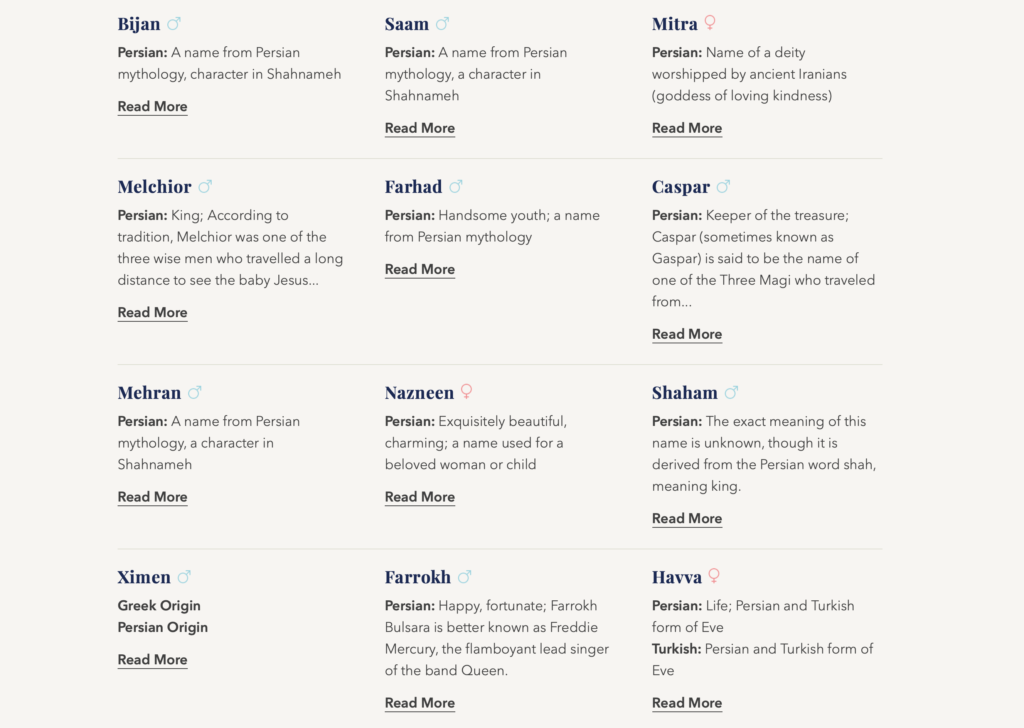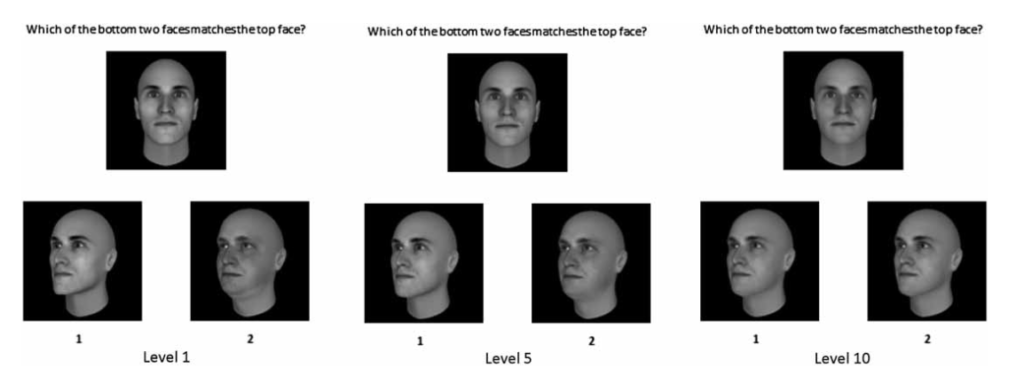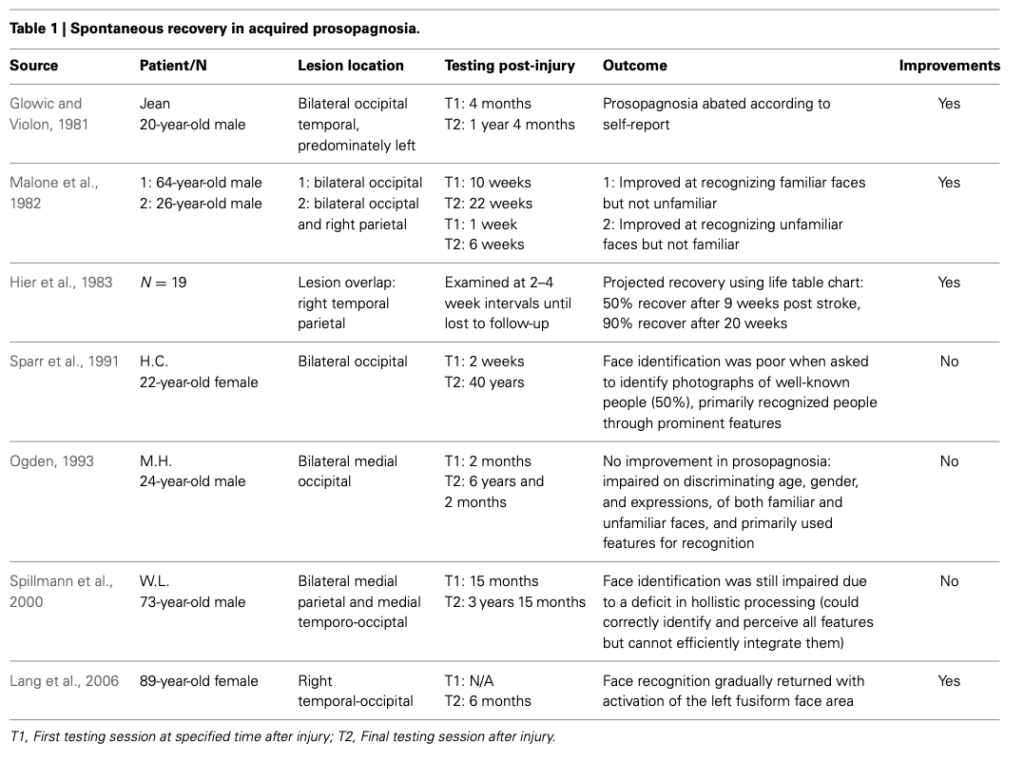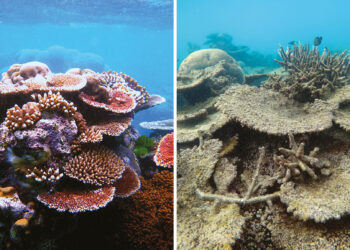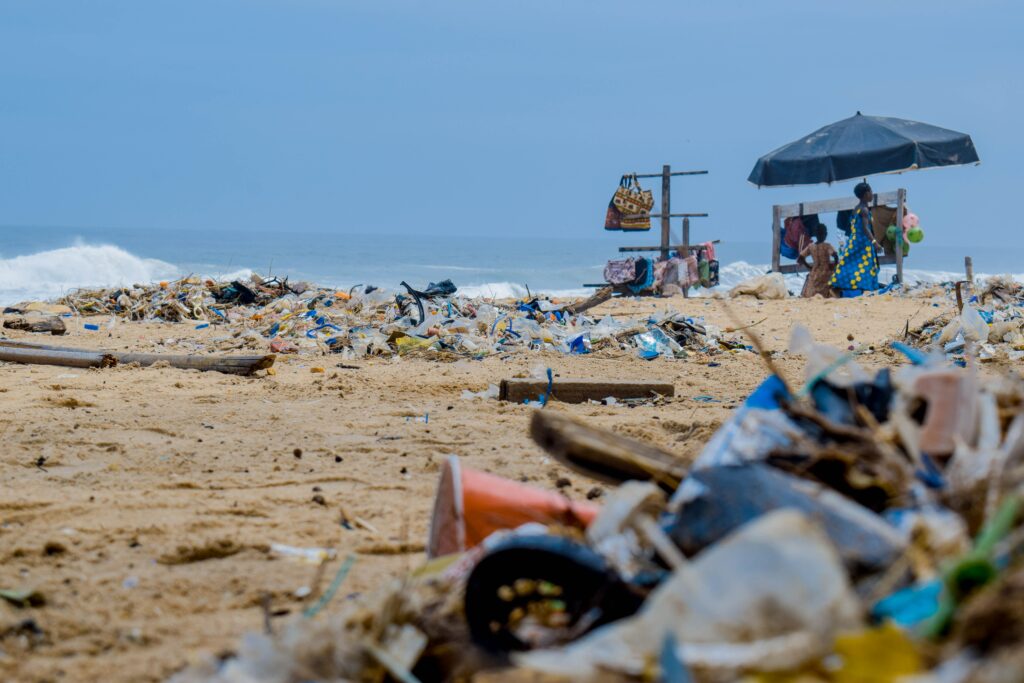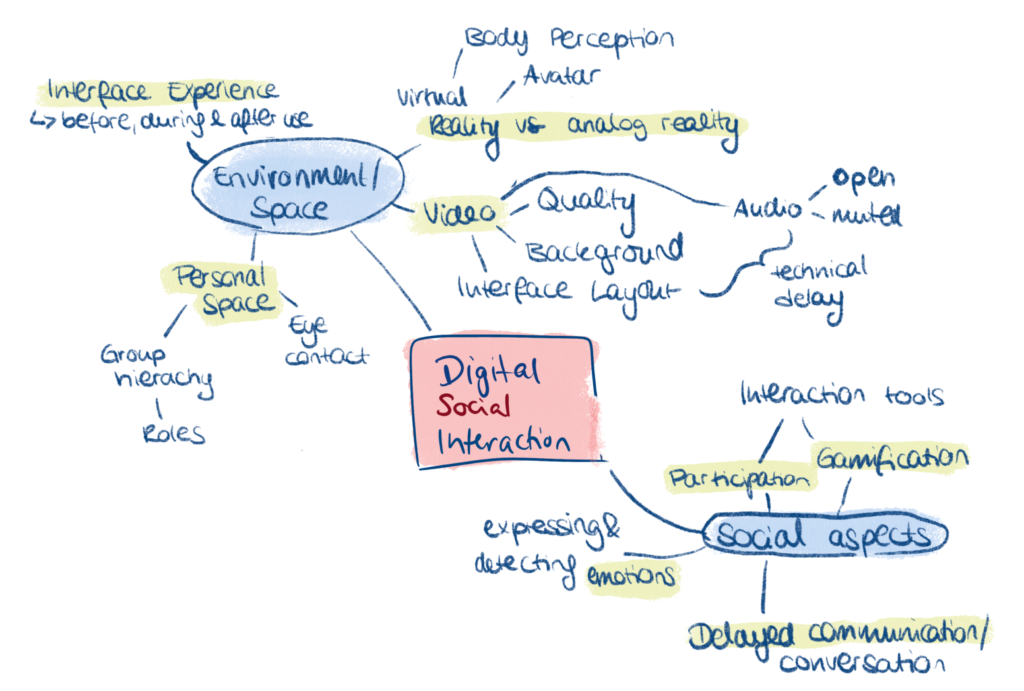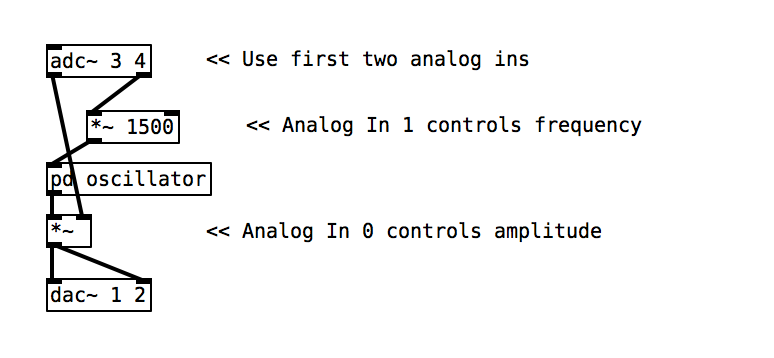Die jüngsten Ereignisse bei der Entwicklung von Videospielen neigen zu immer größer und komplexer werdenden Spielwelten, in denen ein prozeduraler Workflow unumgänglich sei. Die Chancen Videospiele mithilfe von prozeduralausgelegten Workflows zukunftssicher zu machen klingt gut, doch bringen Innovationen wie diese, meist neue Risiken und Probleme mit sich. Eines dieser Probleme ist der Mangel an bestimmter menschlicher Handarbeit, der bei einer kreativen Leistung eines Künstlers automatisch in sein Werk miteinfließt. Die Eigenleistung setzt sich beim Arbeiten mit prozeduralen Algorythmen vor allem bei der Ausarbeitung der Idee und den geplanten Vorhabnissen fest – doch reicht dies aus um den Output als sein eigen zu nennen?
Sulaiman Abdul Rahman: “Think of it as an artist describing the mood or tone they want their artwork to convey and having the canvas magically come up with a painting based on that description.”
Es kann ebenso argumentiert werden, dass der Designer sich in künstlerischer und kreativer Hinsicht jederzeit über sein Handeln bewusst ist, während das prozedurale Werkzeug, beispielsweise eine Software, diesen Aspekt nicht verstehen kann. Die Software wird in diesem Fall nicht in der Lage sein, seinen eigenen “künstlerischen Touch” hinzuzufügen, wie es ein Mensch machen könnte. Während der Künstler seine Leistung erbringt, wird diese letztendlich aber immer noch von einer Maschine erstellt, welche nicht versteht, was sie eigentlich auf visueller Ebene auswirft. Jedoch ändert eine plausible Antwort auf dieses Problem nichts an der Tatsache, dass prozedurale Algorythmen Alltag in heutigen Videospielen sind – wenn auch nicht in allen Bereichen.

Beispielsweise werden Hauptfiguren (Heros) selten bis garnicht prozedural entwickelt, da jedes kleinste Detail im Aussehen einen bestimmten Grund hat. Ein gutes Beispiel hierfür ist Super Mario, der sich seit Tag 1 von Spiel zu Spiel visuell weiterentwickelt hat, bis hin zu einem für den Entwickler “perfekten” Erscheinungsbild, wie ihn die meisten von uns kennen – der rote Mützenträger mit blauer Latzhose und Schnurrbart.
“From Popeye inspirations to the style guide and to now, they and the rest of the Mario Bros. cast have remained largely consistent in personality and design. Sure there have been games that experiment with aesthetics such as the Paper Mario and Mario and Luigi series, but Nintendo seems to have found a stable character design for the famous duo and there doesn’t seem to be any sign of them changing.”
In einem früheren Blogeintrag wurde genauer auf die prozedurale Erstellung eines Hauskonstrukts eingegangen, welches mit einzelnen Klicks zu vielen unterschiedlichen Variationen eines Hauses geführt haben. Ob diese Art und Weise bei wichtigen Spielfiguren jemals anwendbar wird, ist fragwürdig, da der prozedurale Output immer mit einer kleinen Brise von Zufälligkeit verknüpft ist. Im Umkehrschluss bedeutet dies, dass Proceduralism nicht in allen Gebieten ihre Stärken voll ausspielen kann. Manchmal ist es durchaus eine klügere Entscheidung, sich für den manuellen und “langsameren” Weg zu entscheiden.
Quellen:
UBM Tech (2021): Persuasive Games: The Proceduralist Style. In: https://www.gamasutra.com/view/feature/3909/persuasive_games_the_.php?print=1 (zuletzt aufgerufen am 22.03.2021)
Rahman Abdul, Sulaiman (02.12.2019): Procedural Workflow in Video Game Art. In: https://medium.com/mighty-bear-games/procedural-workflow-in-video-games-art-79162a911265 (zuletzt aufgerufen am 22.03.2021)

